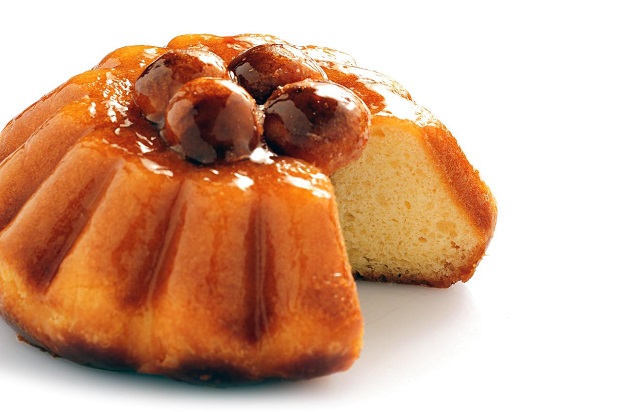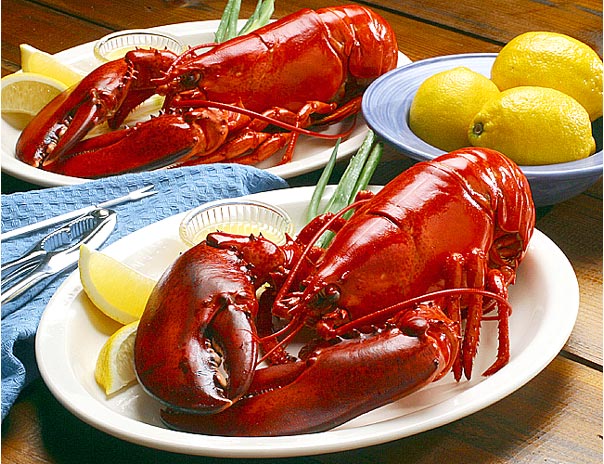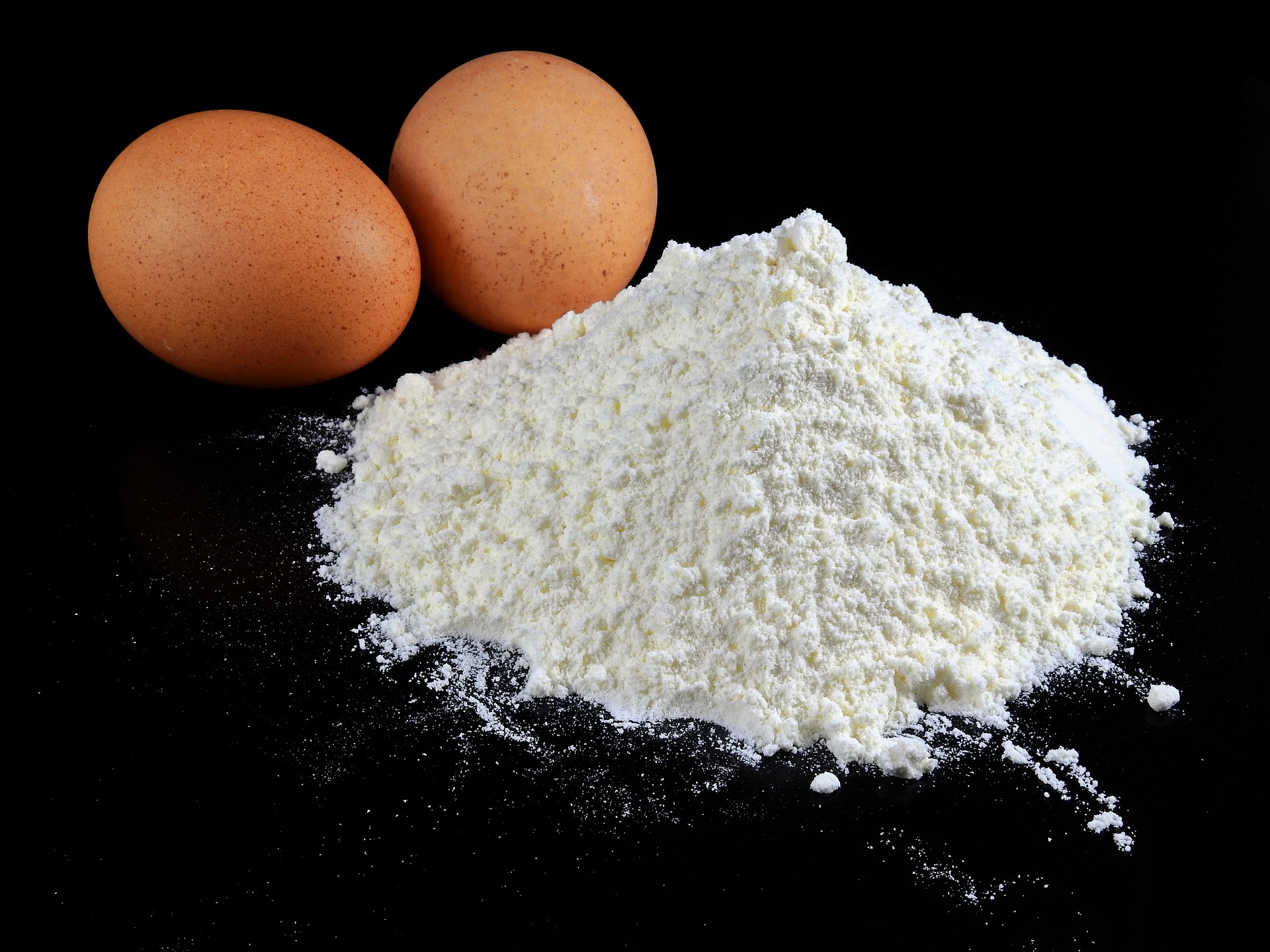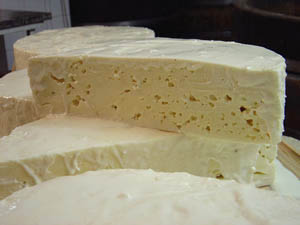Stanislaus had become king at less than 30 years of age, thanks to the support of Charles XII of Sweden. A few years later (this was 1735) Peter the Great, Tsar of all the Russias, proved to be much greater than the Swedish and Polish kings: together with his allies, Prussia and Austria, he waged war on them, and defeated them. Stanislaus, however, was not just anyone. He was the father-in-law of Louis XV of France, who had married his daughter Mary. Therefore, after dethroning him, as a content they gave him the Duchy of Lorraine. He was not too happy about this, but he complied.
Deprived of the Kingdom of Poland, and forced into that small private kingdom, Stani was bored. Since there was plenty of free time, he surrounded himself with philosophers and scientists, and set out to study. Study you study, he ended up putting together a program of international cooperation and European integration-the first version of the EU in living memory.
On paper, the project was splendid, but the former monarch knew he had no chance of implementing it: he was without a crown, and therefore without any clout.
This state of affairs gave him much bitterness. To combat it, Stanislaus needed something sweet every day. To please him,however, was not easy: the Lorraine confectioners had to constantly rack their brains to prepare something new for him.
But they had little imagination, and so two days out of three the poor former ruler was served "kugelhupf," a dessert typical of that area, made of with very fine flour, butter, sugar, eggs and raisins. Brewer’s yeast was added to the dough until it was soft and spongy. Stanislaus the kugelhupf could not suffer it. It wasn’t that it was bad: but it was, as it were, a bit dumb, lacking in personality. Besides, it was dry, but so dry that it stuck to the palate. Nor did he like it when it was doused with a sauce of Madeira wine, sugar and spices.
He often didn’t even taste it.
Then he would go back to his plans for a more just world, without winners or losers (so those damned people who had thrown him down there would be served).
In short, Stanislaus Leszczinski lived in a prison: gilded, but still a prison. It is understandable, therefore, that every now and then, in order to keep his mind off the past, which made him sad, and off the future, which made him afraid, he would raise his elbow a bit.
True to his ideals of equality, he drank everything: starting with wines from the Meuse and Moselle, the pride of Lorraine. But because winters in those parts are long, cold and snowy, he often needed something stronger. And he had found it: it was rum, a spirit derived from sugar cane, imported from the West Indies. It was good, it was tough, and so it was just what was needed.
One day Stanislaus, who had already swallowed several small glasses of rum, found that he was craving a good dessert. Of something really special. Therefore, when his butler placed yet another serving of kugelhupf under his nose, he angrily pushed it away.Then seizing the plate that the servant fearfully held in his hands, he hurled it across the table, away from himself.
The plate ended its course against the bottle of rum laid there beside it, and knocked it over. Before anyone could intervene to lift it, the liquor had completely drenched the kugelhupf.
Under Stanislaus’s still ruddy eyes an extraordinary metamorphosis took place: the leavened dough of the insipid Lorraine cake, usually yellowish in color, quickly took on a warm, amber hue, and an intoxicating fragrance began to spread around.
There was a silence in the dining room that could have been cut with a knife. Instead Stanislaus, under the astonished gaze of the servants, lifted the golden spoon (his hand was shaking a little), took out a few fragments of this Chimera: of this hybrid that had materialized before his eyes, and brought it to his mouth.
What he felt we know. We all felt it the first time we tasted the baba. Because no one can forget the first instant when they came face to face with Him (no one except Neapolitans: generally, for them this moment comes when they are too young to remember).
This was it, a memorable day for humanity.
To the accidental invention of the cake invented by the Polish king in the mists of Lorraine: it lacked a name.It was also King Stanislaus who dedicated this creation of his to Ali Baba, the protagonist of the famous tale from " The Thousand and One Nights." Book that the ruler loved to read and reread during his long stay in Luneville .
The baba from Luneville soon arrived in Paris,at the Sthorer patisserie. Here many knew and appreciated it. Bringing it later to Naples,where it took its very characteristic final form (that of a mushroom) were the "monsù," chefs who served with noble Neapolitan families.
And since then the baba elected Naples as its permanent home. One last consideration: in Neapolitan cuisine there is more than one dessert that – because of its flavor – "po’ ghì annanz’o Rre": it can be presented to the king. But the baba is the only dessert that before the King did not go there: it was born there.













